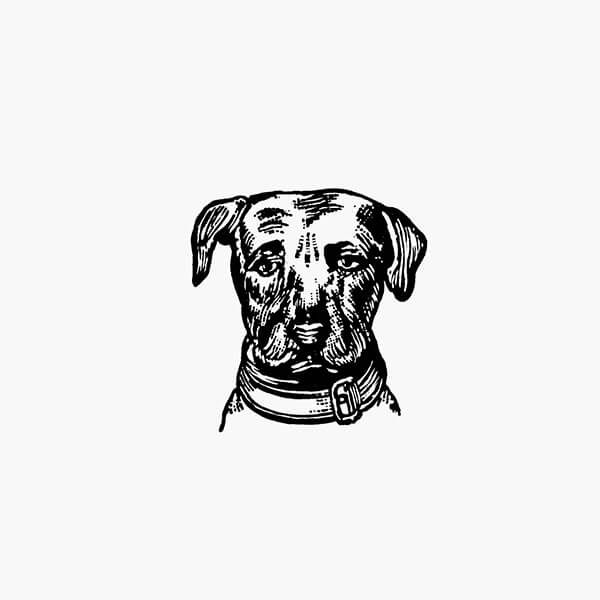
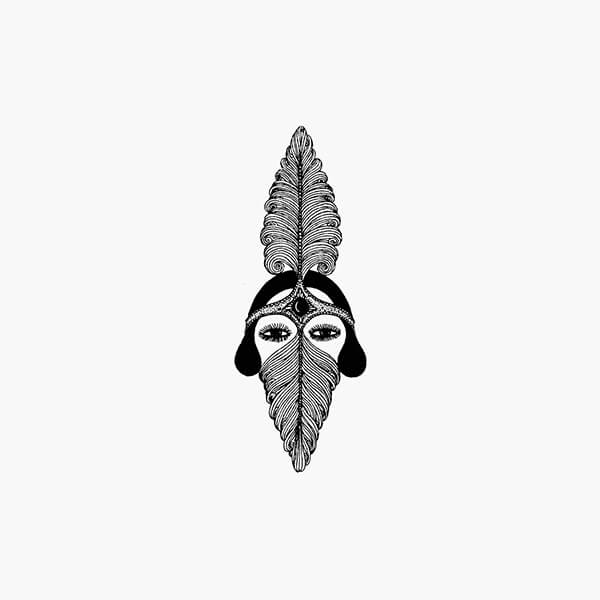
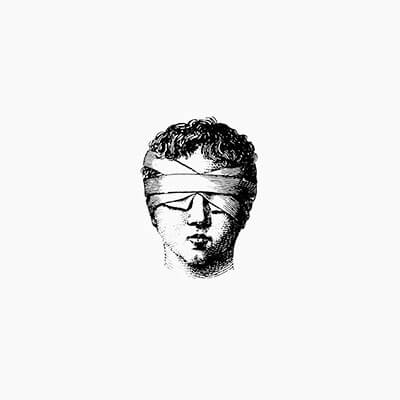
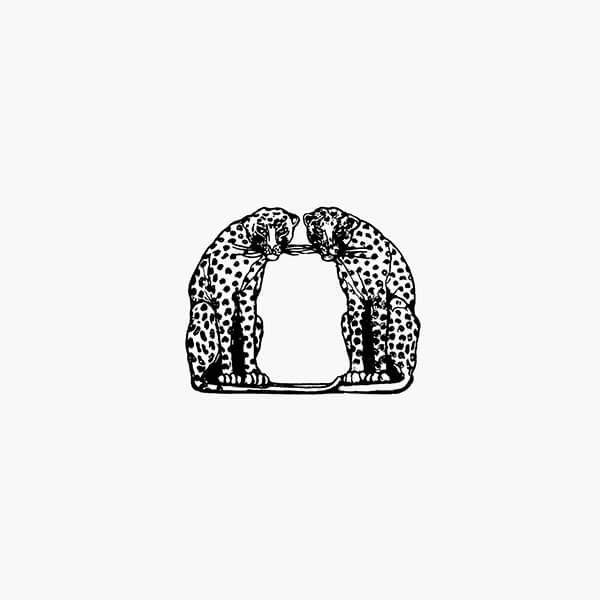
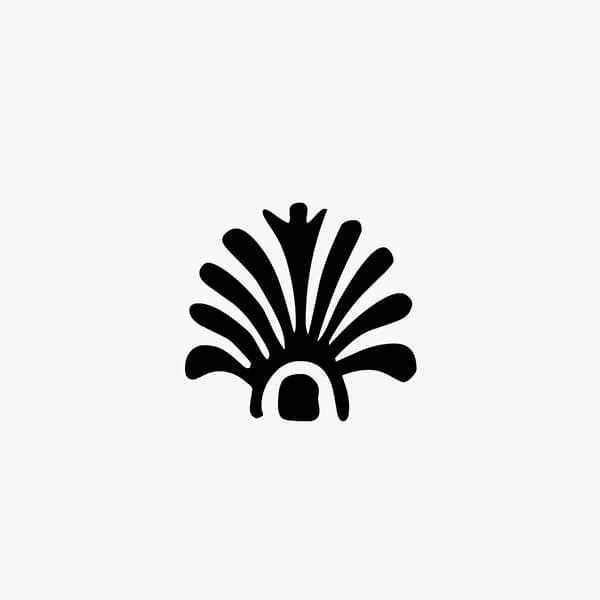
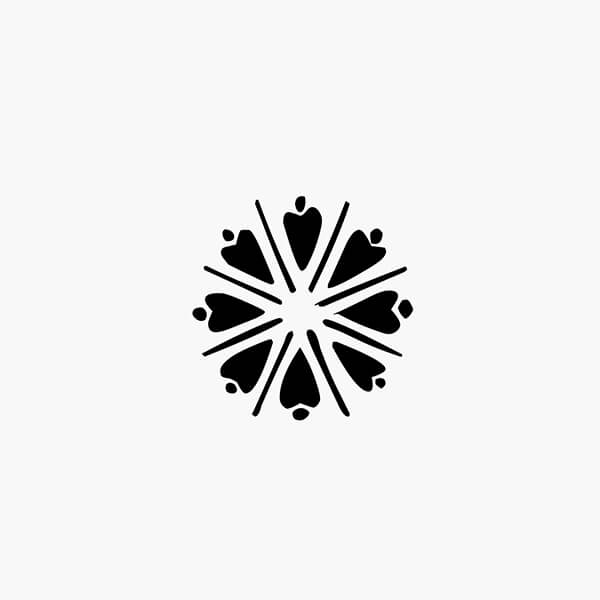
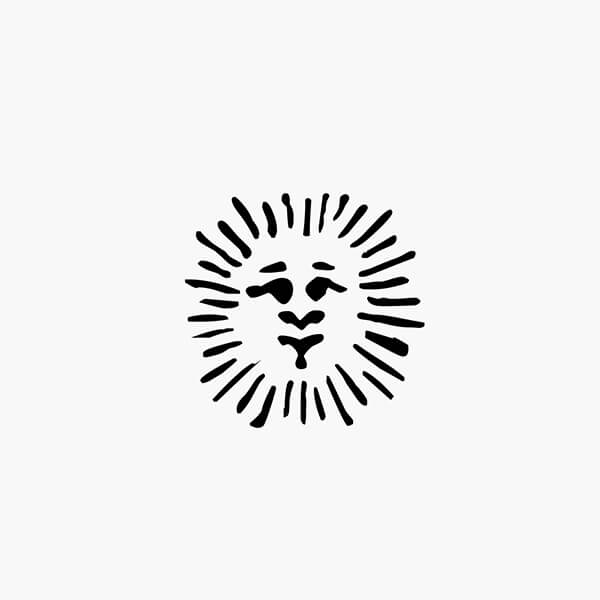
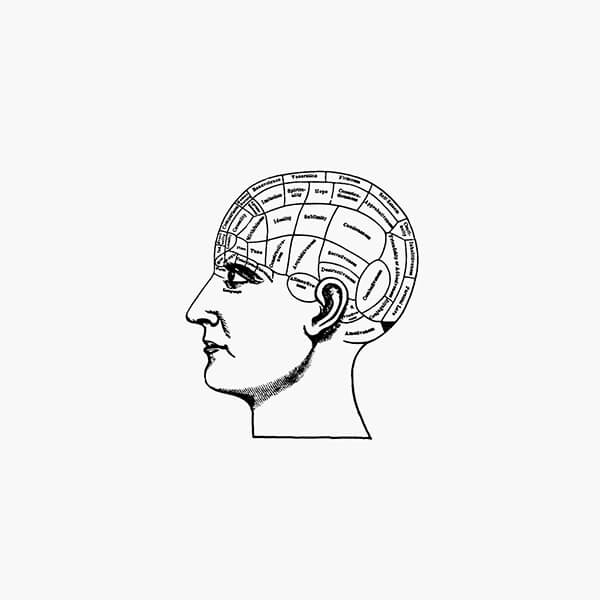



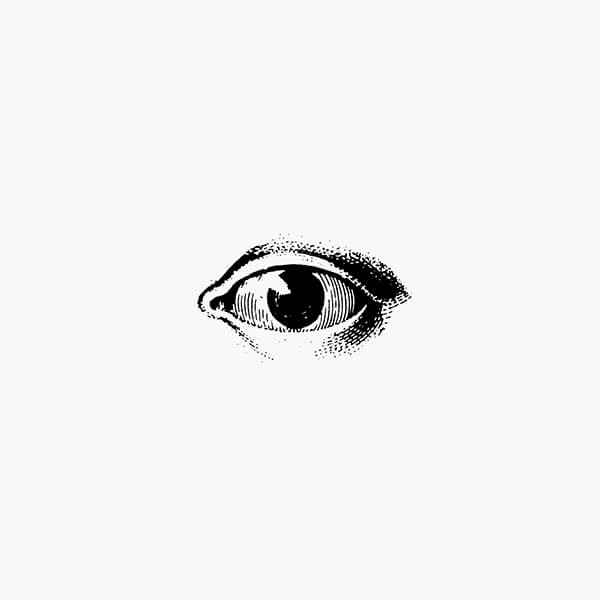
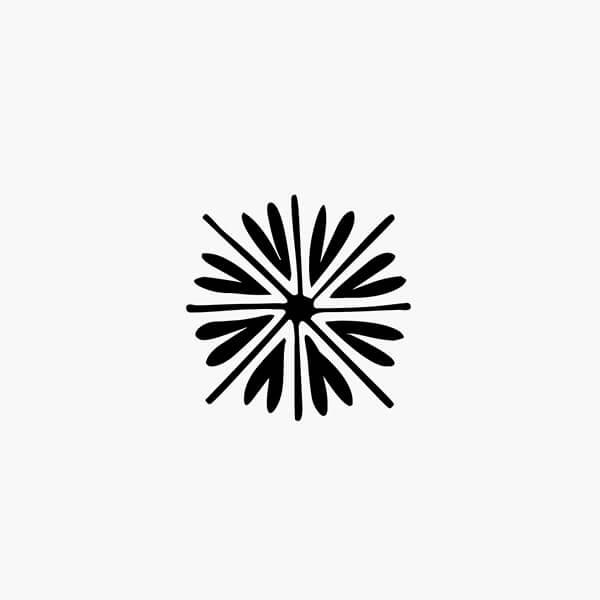
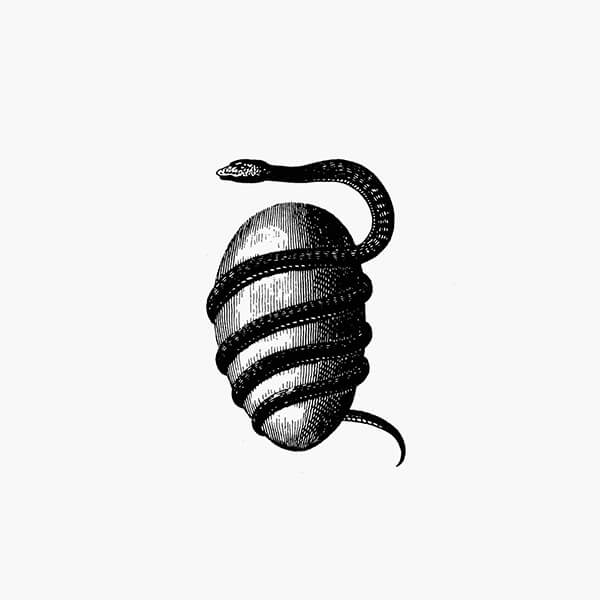

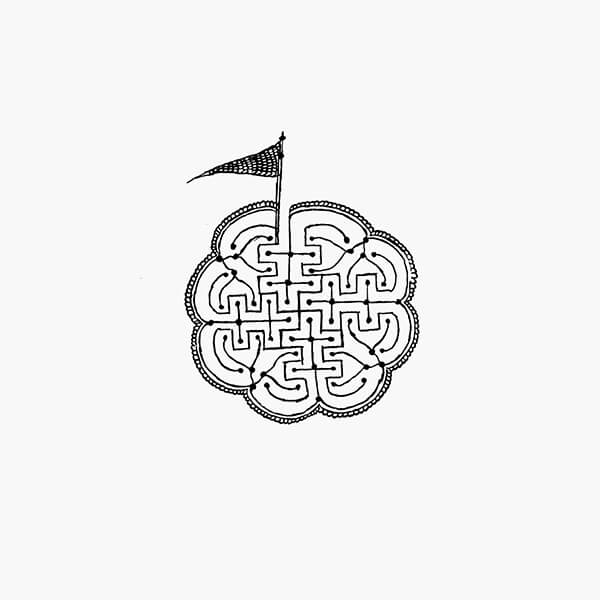
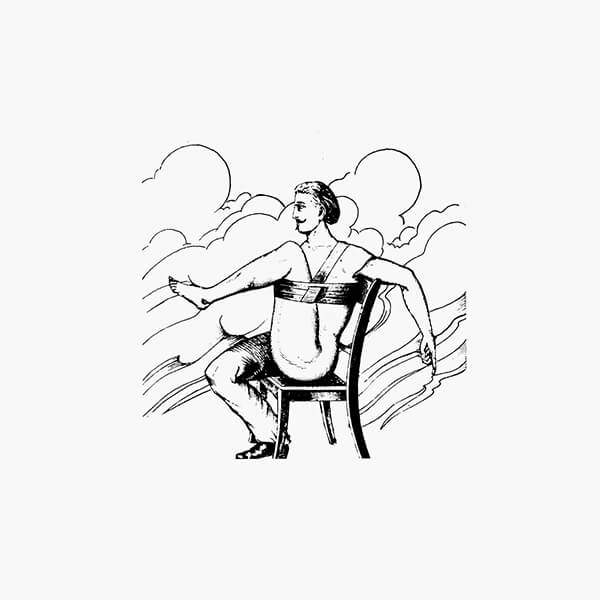



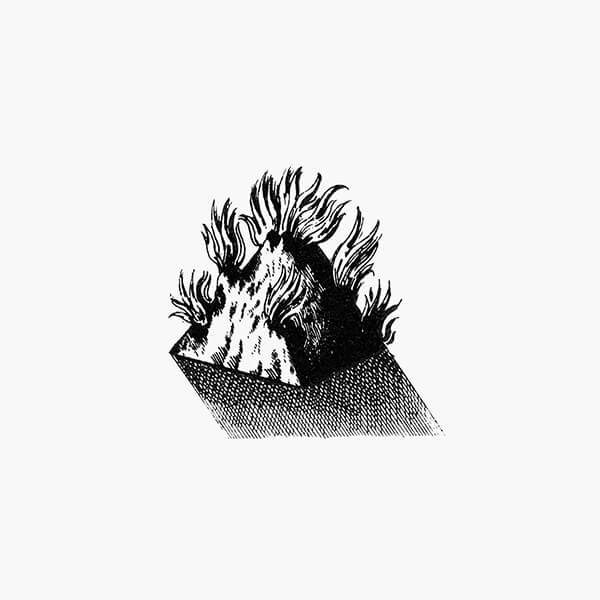

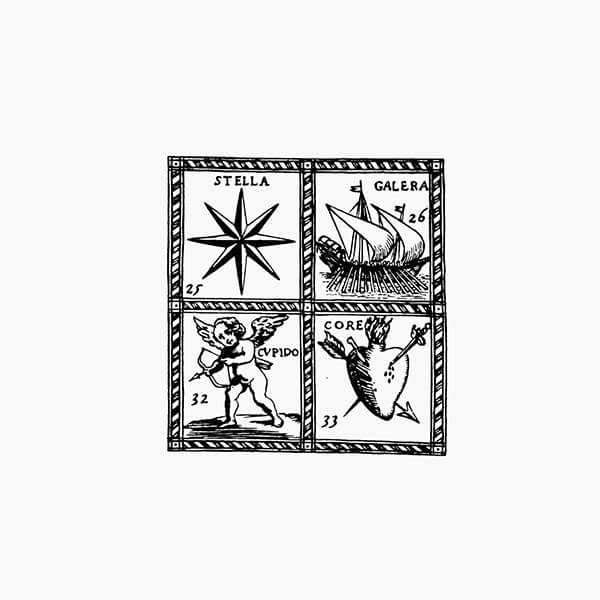
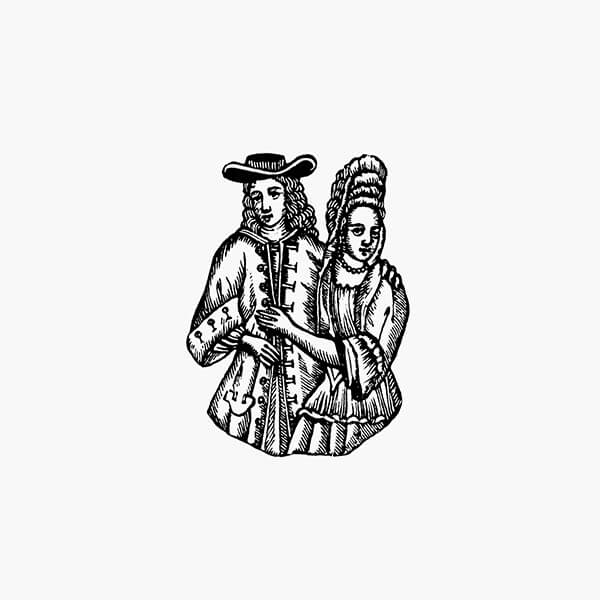
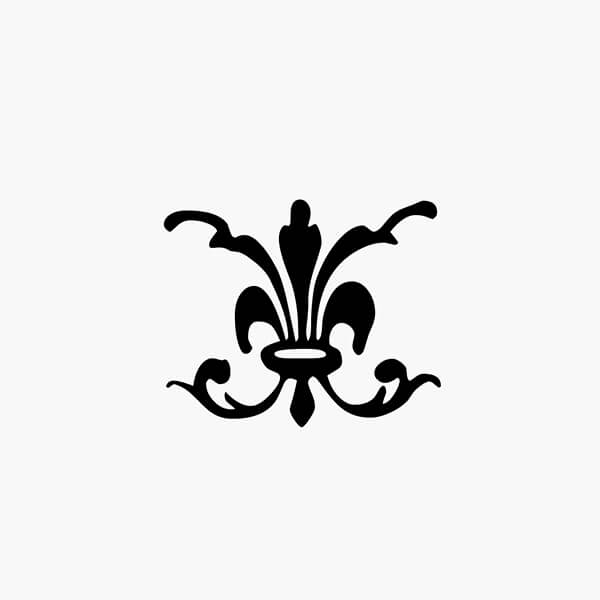



Blue Library
9841 Ecate
Pierre Jean Jouve. Introduction by Jean Starobinski
1974 / 224 PAGES.
Language: Italian
Written by a prophetic poet towards the decline of the 1920s, Hecate – within a social milieu largely drawing on the delightful yet troubled libertine epic poetry of Central Europe – represents an anatomy of Europe and its secret forces of destruction.
When the book was first published (1928), it was a contemporary novel: its heroine, Catherine Crachat, is a film actress. At first glance, Ecate will strike the reader with certain stylistic features belonging to the arts of that period: linearity, conciseness, often elliptical phrases and action which, embedded in intense imagery and organised in sequence chapters, reveals to some extent the influence of early cinematic narrative techniques. On the surface, it is a fast-paced novel of manners, a sentimental and scandalous chronicle, portraying the frantic lives of people who fail in their false and seductive environments. Beneath, other forces are at play: workers’ revolts and, above all, psychic powers.